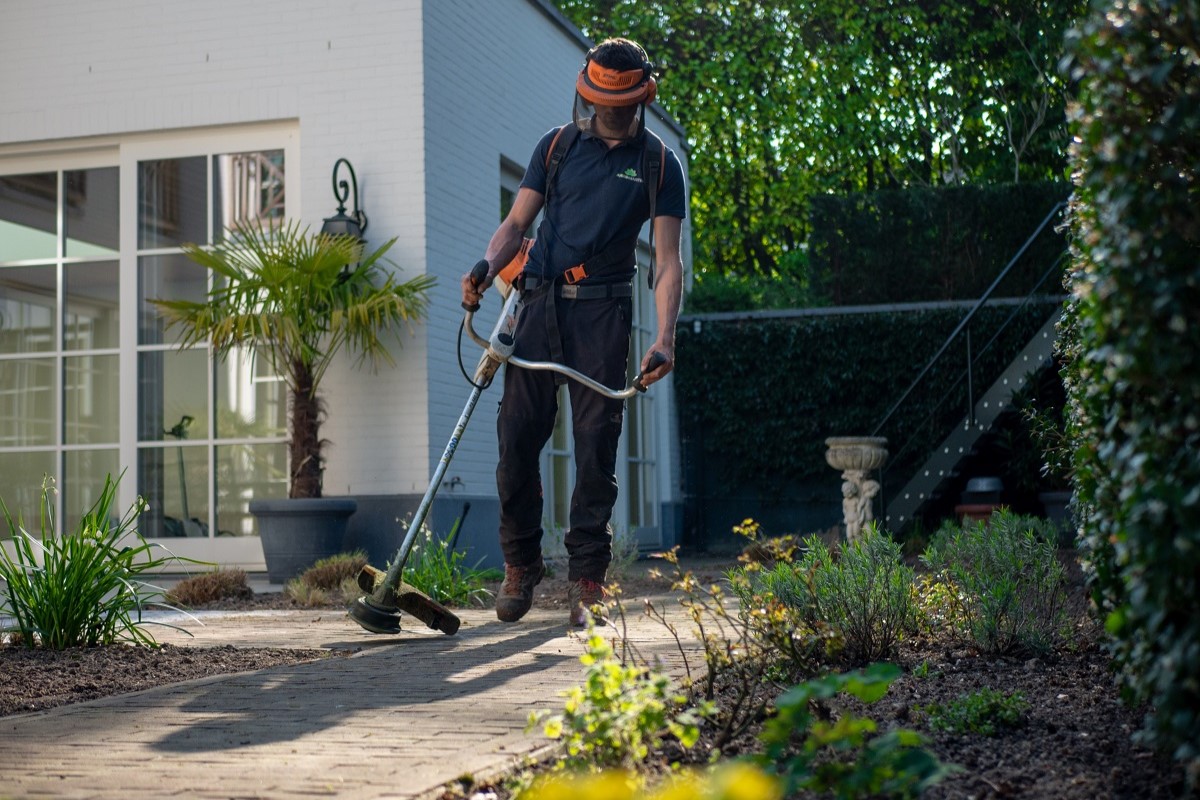Wildfire season is upon us so it’s prime time to remind yourself of the débroussaillement obligations homeowners must abide by.
In 2022, an estimated 7,850 square kilometres of European land went up in flames. It was a record-breaking year according to Effis, the European Forest Fire Information System, and one that was fanned by rocketing heat and widespread drought.
Around 72,000 hectares of French terrain was burnt, with the south of the country primarily affected, but there were also a worrying number of fires in regions usually spared from such occasions.
At the start of April, a series of fires across the Alpes-Maritimes saw 30 hectares of land destroyed in a single weekend. People were evacuated from their homes to the north of Nice and 450 firefighters were called in to tackle the blazes in Saint Auban, Aspremont, Colomars and Tende.
Given the ongoing dry conditions, it will come as no surprise that local officials are trying to get ahead of a potentially dangerous wildfire season and numerous municipalities have sent out leaflets to residents reminding them of their fire prevention obligations, often referred to as débroussaillement.
A homeowner’s legal obligation
This is the legal responsibility of homeowners to clear the areas around their homes and properties of any vegetation that could be a hazard in the case of a fire nearby.
The rules differ for urban and non-urban areas. For example, homeowners in an urban setting must clear the entirety of their plot of undergrowth and weeds at ground level while those owning property in a wooded area or less than 200 metres from a forest, moor or scrubland must ensure a radius of 50 metres from the house is cleared.
Trees within three metres of a property must be pruned of their lower branches to half the height of a tree under four metres and by two metres for trees over four metres. Hedges must also be well maintained.
A key aspect of the obligations légales de débroussaillement is that any cut vegetation must be disposed of correctly and according to the rules of the municipality. For the majority of France’s towns and cities, this means heading to the déchetterie.
Daily fines until completion
It is also important to note that some parts of France have more stringent débroussaillement rules, so be sure to check with your local mairie for further information as a failure to comply with the clearance and maintenance work can result in a daily fine of €100 until the property owner has completed the works. An additional €30 per square metre can also be applied and up to €750 for single properties or €1,500 for those on a sub division. If homeowners fail to act and the result is the further propagation of a fire that destroys someone else’s property, they can risk a €15,000 fine and up to one year in prison.
In the Alpes-Maritimes, débroussaillement should be completed before 1st June and at the very latest by 1st July, although local townhalls may insist on earlier dates.
Click here for localised information or contact your mairie.
Sign up for the Monaco Life newsletter. For the latest news, follow us on Facebook, Twitter, and Instagram.
Photo source: Boris Debusscher for Unsplash
